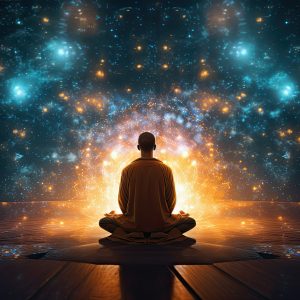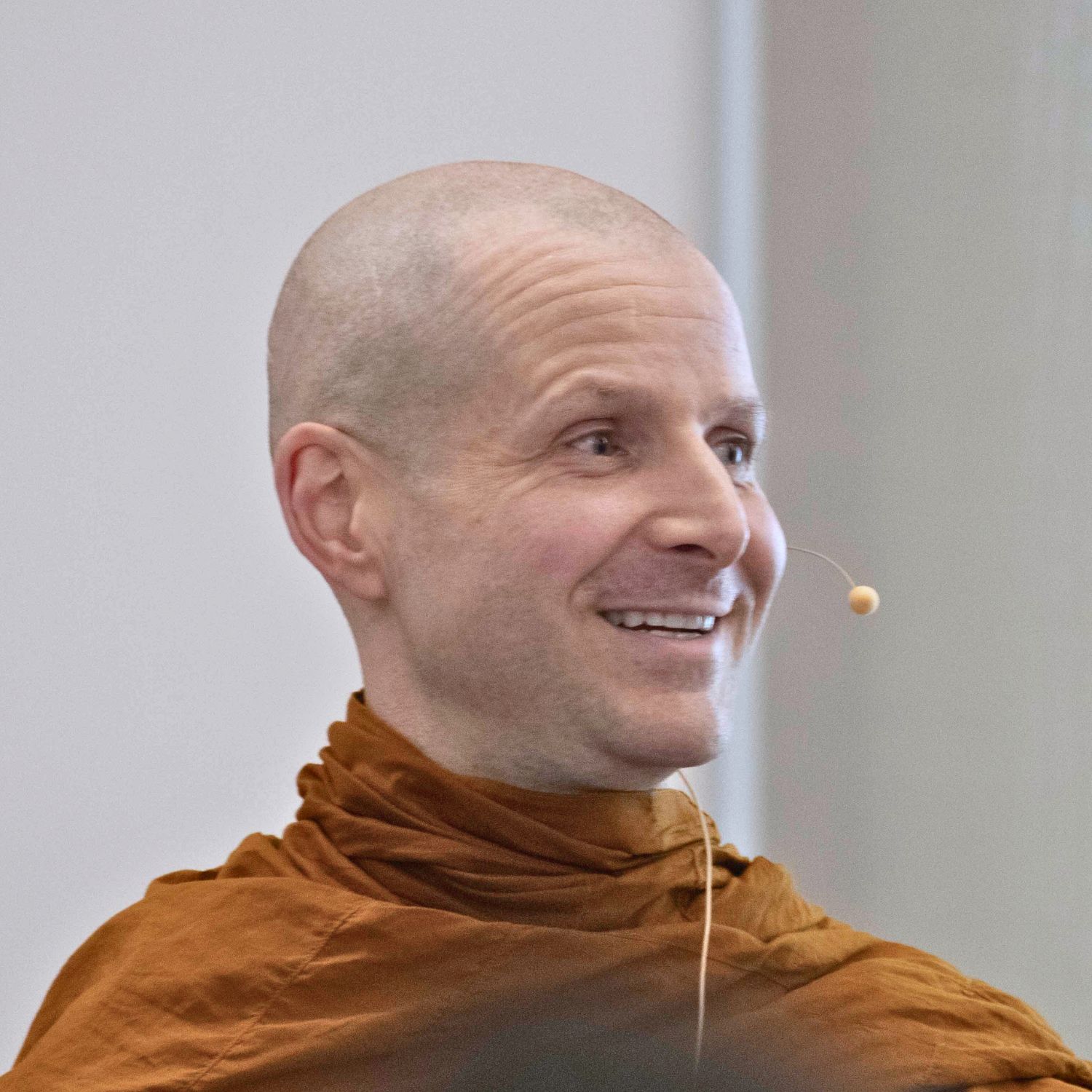
What is Socially Engaged Buddhism?
We asked our Dean of Academics: What does social engagement based on Buddhist principles look like?
If you want to change the world, first you have to change your own heart and mind. The greatest things begin in the smallest of places.
Question: Buddhist practice and study can often be viewed as a solitary journey of internal transformation. How can we reconcile the emphasis on radical self-transformation and self-reflection with our undeniable existence of being in the world, among others? What does social engagement based on Buddhist principles look like?
Dr. Martin Verhoeven: My first response to that is, how can we not? It’s not like we’re trying to get two inconsistent and incompatible things—social engagement and self-cultivation— to somehow force fit. They’re already compatible and inseparable from the very nature of things. They’re not split to begin with. And any separation or need to reconcile them is really our challenge. Sort of like so many Buddhist concepts—karma, nirvana, emptiness—they’re really misunderstood.
The idea that Buddhism is all about withdrawal from the world, denying life and social indifference is really a misreading, not just of the formal texts and teachings, but with the actual living tradition, over the generations of teachers and students.
The Avatamsaka Sutra says:
Worldly and otherworldly/mundane and transcendent are differences in name only. . .
The Buddha Dharma is a nondual dharma. . .
The Buddha Dharma is right here and now in the world; there is no awakening divorced from this world. . .
Truth and falseness interlink and mingle; within the ordinary mind one finds the buddha mind.
And this verse is from the Platform Sutra, where the great master Huineng says:
The Buddha Dharma is right here in the world,
There is no awakening apart from this world;
To search for Bodhi somewhere beyond this world, (or, ‘to leave the world in search of bodhi’ is to lose both)
Is like looking for a rabbit with antlers.
I think what we call Buddhism has been wrongly characterized as socially disengaged and even otherworldly. But it’s not true. The Buddha’s life story starts with and is sustained by a powerful, insightful awareness into the sameness of his own and others’ sufferings. It’s identical to him. And along with that is a strong desire to address it, to not simply passively accept it as what life gives us.
The Buddhist quest begins with contemplating the origin and destruction of all living and conditioned things, and this dilemma that we find ourselves in—that we’re born only to die, there’s this brief interval in between, and what are we to make of it? Here’s a short passage from the Buddhacharita, or Life of the Buddha, by Ashvagosha:
‘Birth, aging, sickness, dying, . . belongs to me and all beings. . .’ Clumps of grass dug up by the plow littered the earth, covered with tiny dead creatures, insects and worms; as he [the Buddha] beheld the earth with all these strewn about, he grieved greatly, as if a kinsman had been killed/ their bodies discolored by the wind, the dust, the scorching/oxen wearied by the toil of pulling the plows, great compassion overwhelmed that great noble man.
Getting down from the horse, then, he began to pace slowly across that land, deeply engulfed by grief, reflecting on the birth and death of all creatures; and deeply anguished, he cried out: ‘How wretched, indeed, is this world!’
The reason I’m bringing these passages up is to show that at the very origins of what we call Buddhism, isn’t just a quest for enlightenment, but equally and perhaps even more so, a motivation and deep compassion for the plight of not just people, but of all living beings.
Even when he was there under the Bodhi tree he was not really alone. His whole spiritual journey takes place in the world.
So he’s enlightening himself while he’s enlightening others. And through enlightening others, his enlightenment grows. The Buddhist texts, biographies, and autobiographies show that even monks and nuns, who supposedly leave the world and we think of as hermits, were deeply engaged everywhere and with everyone throughout their whole lives. They and the Buddha traveled and wandered, engaging with kings, queens, beggars, outcasts, warriors, ascetics, prostitutes and pimps, the well off, the impoverished, serial killers, bandits, bankers, and children. In short, these monks and nuns were completely immersed: the good, the bad, the beautiful, and the ugly.
The question here is why? And this to me is very interesting. I want to present this idea that it was not so much that they had a movement towards sympathy and pity, but their engagement was part and parcel with their awakening experience.
The Avatamsaka Sutra puts it this way: “They awaken to the truth of not-self, and they see no difference between themselves and all beings, between themselves and all worlds.”
This awakening experience didn’t lead them to think, “What can I do to make things better for others?” But they saw that the dichotomy between self and others was actually false. And when they saw there was no difference, compassion was a natural outgrowth of the awakening.
It’s not just a commitment to socially engage or a commitment to be sympathetic, but it’s a natural and obvious part of their enlightened or awakening experience. Or, as the texts say, they’re “seeing things as they really are.”
They awaken to the truth of non-self and the truth of non-self simply means to awaken to the interdependency of all beings and all things. What we think of or call ‘self,’ from before we are born and even after we die, is not an isolated monad but an interrelational phenomenon, an intricate web.
Then compassion is not even a choice. Involvement and engagement is in fact just responding to reality. It is things as they really are.
Subscribe to Our Newsletter
Get nourishing and mind-expanding writings in your inbox.


